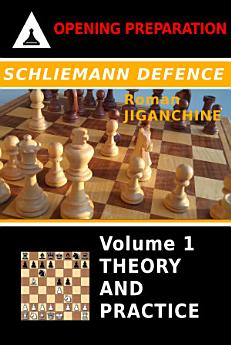Schliemann Defence - Theory and Practice
About this ebook
Upon studying this book and adopting the Schliemann, you will discover that playing this line has the following benefits:
- Black enforces his variation on White as early as the third move, and thus takes most of the theoretical battles to his own "home turf"
- Black himself has to sharpen up his playing instincts from the very early stage of the game and play as concrete moves as possible, because theory tends to not go very far in the Schliemann; it is rare to be blitzing out theoretical lines anywhere past move 10, if not move 5
- The nature of arising positions, where Black most often has a strong center and/or two bishops - allows a player to develop a good sense of initiative if he or she does not have one already
- The same applies in positions where Black gambits a pawn and plays for compensation, either in the middlegame or in the endgame
- If one has not played similar risky sharp openings before, and/or has discarded gambits like the Schliemann as too positionally unsound - playing it will expand their positional horizons and broaden understanding of chess in general
There has not been a dedicated book on the Schliemann in recent years, and this publication is meant to fill that gap. The book is structured in such a way that each section presents the theoretical variations, followed by some games by top players that illustrate the typical ideas for each variation. The first few sections are heavy on theory, as White tries to directly refute 3 ...f5, while the consequent chapters focus more on understanding typical ideas and pawn structures as White takes a more solid and positionally sound approach.







